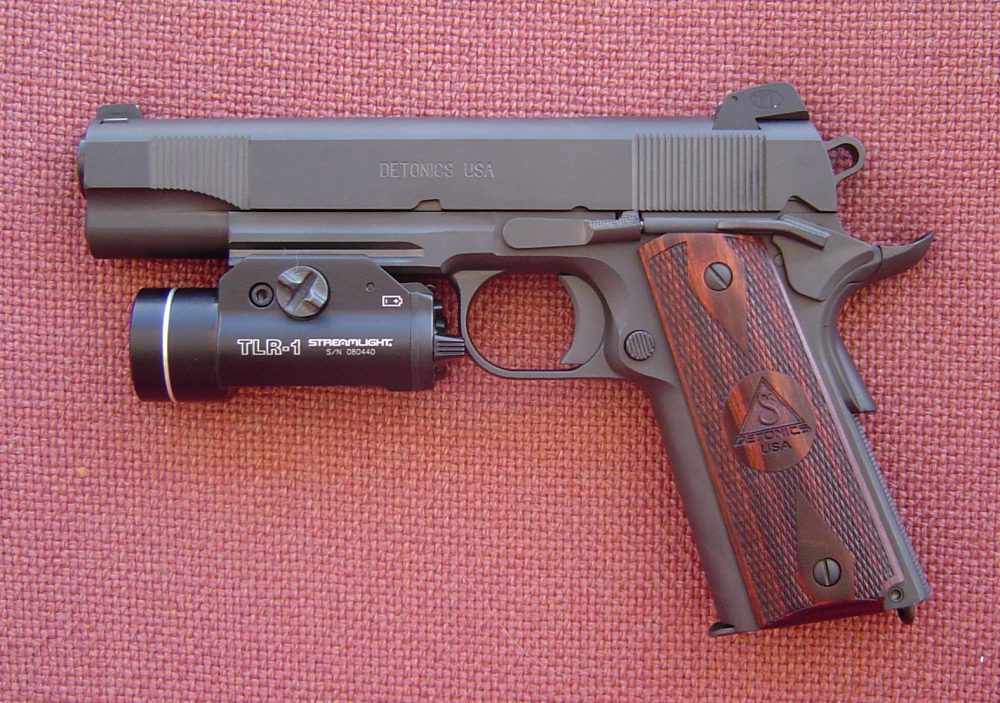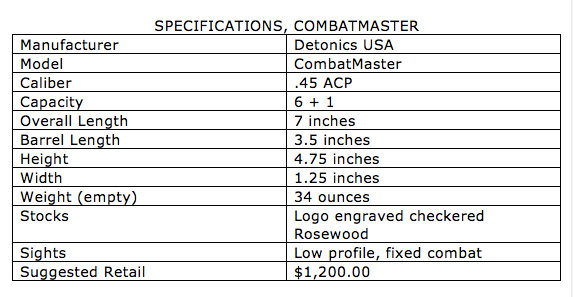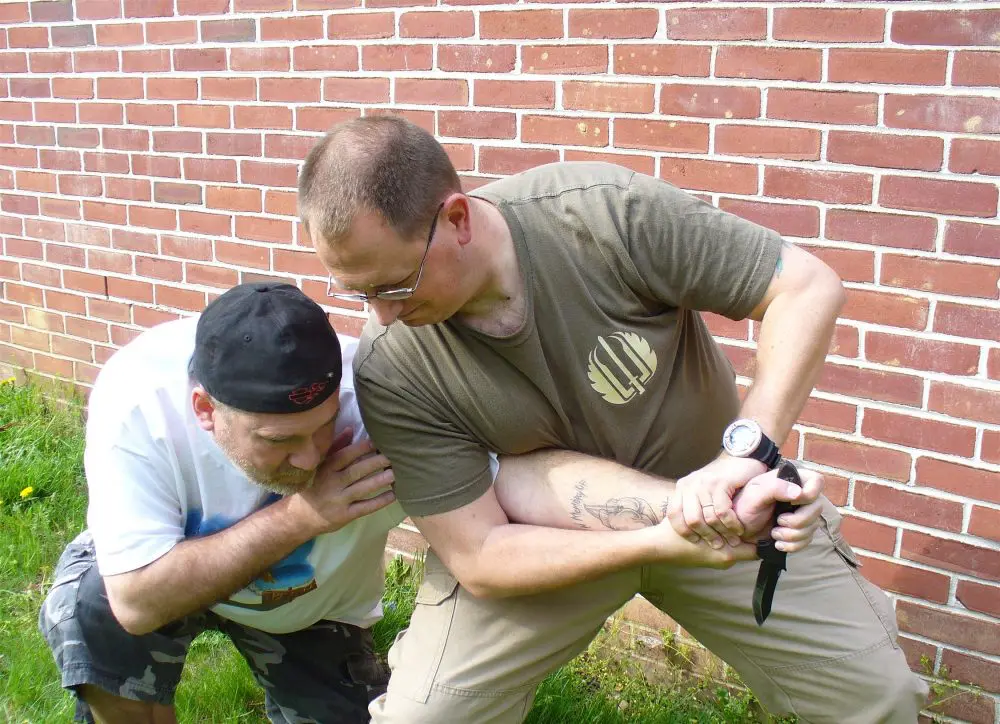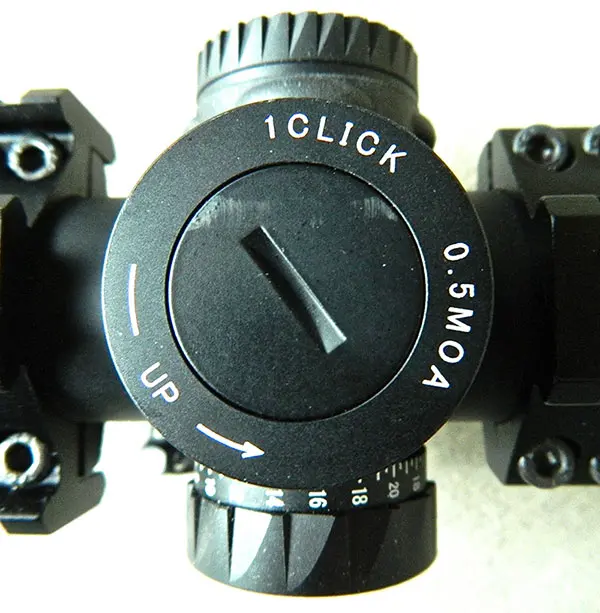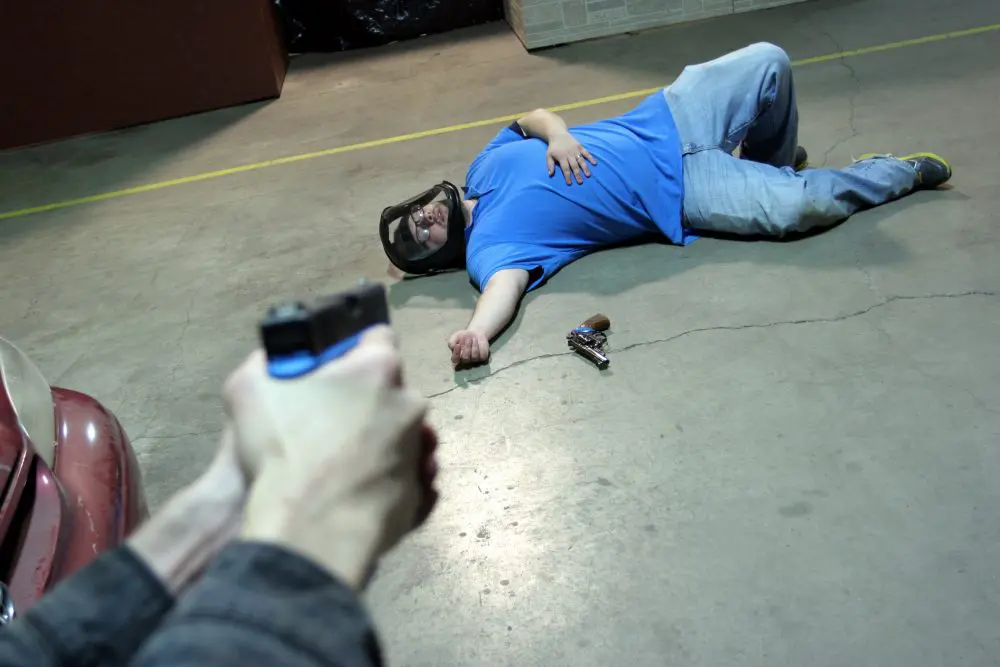The firearms industry of the 1970s and 80s was the territory of the big four: Colt, Smith & Wesson, Remington and Winchester. There was no Glock, and SIG and Beretta were merely exotic “European guns.” Besides the big four, however, there was a small but potent group of companies that customized products for the most demanding users. This was the heyday of the Devel Corporation, which turned out custom Government models, Commanders and others, including the mysterious ASP—a chopped and heavily modified S&W Model 39 9mm. This was also the time of the Detonics Corporation, a company devoted to turning out only the best production semiautomatic .45 ACP pistols that, while based upon the original 1911 design, were light years ahead of others in terms of construction and several combat-inspired features.
Devel is long gone—the doors are closed, the machinery sold off and the remaining pistols are sought-after collectors items fetching extreme prices. Detonics has gone under not once, but twice, since that time. Arguably, the big four of the firearms world are now Glock, SIG, Beretta, and Heckler & Koch. Colt is a shadow of its former self, and Smith & Wesson is no longer the predominant police issue handgun. But while things have changed, they have not stagnated, and there is still a place in the world for innovative ideas and quality firearms.
Detonics USA CombatMaster returns as premier choice for compact .45 ACP handgun for daily carry.
Today there are perhaps more quality handguns for defensive use on the market than ever before. There has also been a return to the justifiably correct thinking that the .45 ACP handgun reigns supreme as the choice for defensive purposes. While there are numerous .45 ACP weapons on the market, there are relatively few of the size and almost zero of the quality of the original Detonics CombatMaster™.
The Detonics pistols, in particular the CombatMaster, have long been objects of interest for me. I’ve beenfascinated with the pistol ever since I stumbled upon a well-worn copy of the Survivalist series of novels in a used bookstore, long before I had any significant firearms experience. The main character, John Thomas Rourke, used a brace of CombatMasters to see him through many adventures righting wrongs and combating evil. Later in the series Rourke added a pair of Detonics ScoreMasters to his arsenal, but the CombatMasters remained—so important to the overall series that they achieved almost character-like status in their own right. By the time a CombatMaster was within my budget, Detonics had long been out of business, with only the occasional and very used copy seen at gun shows. The company has now been resurrected and with it the CombatMaster.
The author of the Survivalist series was Jerry Ahern, who in addition to being a prolific novelist was also a gun writer of no small note. Thus when he picked the firearms to equip the characters in his series, he knew what he was talking about, as he had devoted a good deal of his life to the use and study of such weapons.
Large-scale capabilities in small packages. Like Surefire Aviator, Detonics CombatMaster offers advantages of larger systems without the bulk.
Ahern, who has an admitted affinity for the Detonics pistols, having carried them repeatedly over the years, thought that the design was languishing in obscurity once the other two incarnations of the firm went under, and that the time is right for the pistols to become available again. Thus, like the television ad where a man likes the razor so much that he buys the company, Ahern and a partner have purchased the rights to Detonics and have set about to bring this company back from oblivion.
This time, however, the company and the public at large benefit from several decades of improvements in manufacturing technology as well as a firm understanding of what it takes to make a truly fine pistol. While all of the designs for the Detonics pistols and the rights to produce them were purchased by the new firm, Detonics USA, the original machinery was long gone and as such has been replaced by the most modern of equipment, resulting in the new pistols being made with better specs, better tooling and in most cases, better materials than the originals. Original Detonics employees, including noted pistolsmith Peter Dunn, were brought back into the fold to make sure that the new Detonics USA turns out only the best of the breed.
Ahern recently stated that the company’s goal is not to turn out millions of weapons each year but instead he sees Detonics being a “boutique” gun company that produces 10,000-12,000 weapons each year for the most demanding end users.
CombatMaster uses unique rear sighting arrangement. While somewhat odd by current standards, design remains true to original blueprints.
When I first learned of the return of Detonics and in particular the CombatMaster, I was intrigued. The original gun was the first truly small-framed .45 production pistol and was one of the first to successfully use all stainless-steel construction. The pistol was then a hot ticket for off-duty law enforcement and others requiring a truly concealable large caliber weapon. Now with the resurgence of the 1911 design for military and law enforcement use, the CombatMaster finds itself again one of the few reliable, small-framed production 1911 designs on the market. Suitable for off-duty or concealed carry as well as for use as a back-up gun to support a standard Government Model-sized main weapon, the CombatMaster is poised to make its presence felt once again.
Each CombatMaster is constructed from all U.S.-made stainless-steel components. There are no MIM (metal injection molding) parts in the weapon and there is no plastic to be found. The weapon remains true to the original design, which is denoted by a very unusual set up for the rear sight and a double wound recoil spring on a full-length guide rod. Weighing in at 34 ounces with an overall length of just seven inches, the six plus one capacity weapon neatly fills the niche in which it was designed to excel.
As one will notice in the photographs, the rear sight sits farther forward than most pistols. Immediately to the rear of the sight, the slide slopes toward the hammer. Here the design stays true to the original, but tactics and procedures have changed since the pistol was first introduced. The basic design allowed for the weapon to be carried with the hammer down with a live round in the chamber. The intent of the slanted portion of the slide was to allow the user to manually cock the hammer when drawing the pistol. This practice has been supplanted by the much safer and, frankly easier, “cocked and locked” mode of carry. While this portion of the pistol remains, it in no way interferes with the operation of an otherwise superb firearm. While a test of one pistol is only a representative of the breed, if the others of this company perform as the test CombatMaster did, then this incarnation of the Detonics Corporation will be around for a long time.
Other offerings from Detonics USA include brand-new Military Tactical model. Currently undergoing military testing, this model is designed for service life in excess of 30,000 rounds without major parts replacement.
The test pistol arrived fresh from the Pendergrass, Georgia plant in a very attractive hard plastic case embossed with the company logo. Inside the case were the obligatory literature and gunlock as well as two fired cases and a tube of Militec-1 lube, which the company recommends. I carried the test pistol, a stainless-steel CombatMaster wearing rosewood grips, concealed for a period of several months.
When carried concealed and using any of several inside-the-pants holsters, the weapon almost disappears. While the CombatMaster is small and relatively lightweight, recoil was not of much concern during live-fire testing. The weapon handled well and presentation from the holster was quick and easy.
Combat drills with the pistol were not an issue, as the accuracy of the gun was well within modern standards for defensive weapons. The trigger pull was acceptable at a little over five pounds with a moderate amount of take-up. The best group of the testing cycle, which involved almost 700 rounds of various weights and brands, was fired using Remington 230-grain Gold Dot hollow points. The best group measured just two inches at 15 yards using a rest. Reloading, when using either the standard six round or a full sized Government model magazine, was a breeze due to the slightly beveled magazine well.
The pistol, with the exception of one round, functioned flawlessly throughout the test. On round #2 the pistol failed to go fully into battery. A quick malfunction clearance was executed and the pistol was back in order, never to cough again despite being fed .45 ACP ammunition of varying quality with bullet weights ranging from 175 to 230 grains.
Mick Williams takes aim with the CombatMaster.
The pistol comes standard with a set of black-on-black fixed sights that are adequate to the task at hand. While many prefer black on black, there are also those who would like some markings such as the popular three dot arrangement and if possible night sights as factory direct options. Ahern advises that additional options could eventually become available from the factory, but in the interim the pistol uses a standard 1911 rear sight and a Heinie-style front sight, so aftermarket replacements to fit any desire should not be an issue.
There is no grip safety on this pistol like there is on most 1911-based designs and thus there is not much of a beavertail. Care should be exercised so that the web of the hand does not ride so high as to come into contact with the slide during its rearward travel, which will not only likely injure the user, but worse can also result in a malfunction of the pistol at a critical moment. This should not be taken as a criticism of the weapon, but rather as a note toward training when using this particular pistol.
In regard to Detonics USA, Ahern advises that the company currently manufactures seven different models in .45 ACP. In the near future, however, the plan calls for several models, including the CombatMaster and the company’s full-sized Model 9-11-01 to be offered in .357 SIG, .40 S&W and .38 Super as well as the standard .45 ACP. He advised that there would even be a very small run of CombatMasters in 9mm.
Detonics, which is able to document an original ScoreMaster with over 250,000 rounds fired without major parts replacement, has seen the need for a very durable, high round count 1911 pistol and has gone about bringing it to the marketplace. Detonics currently is producing what they term the Military Tactical model specifically targeted at the military and law enforcement markets. This all-blackened, stainless pistol has a host of features such as a light rail, lanyard loop, flat mainspring housing and night sights when it leaves the factory. The pistol also features an extended barrel that is threaded to accept a suppressor. Clearly this pistol is designed for an end user who relies upon a firearm as more than a defensive weapon.
Overall the completely U.S.-made CombatMaster performed admirably in this test and should be seriously considered by those who want a high quality .45 ACP M1911-style pistol in a small and concealable package. While the weapon is not inexpensive—and most things of quality are not—it offers capabilities that few pistols on the market can match.
SOURCE:
Detonics USA, LLC
Dept. S.W.A.T.
115 Enterprise Drive, Suite B
Pendergrass, GA 30567
(866) 759-1169
www.detonicsusa.com




